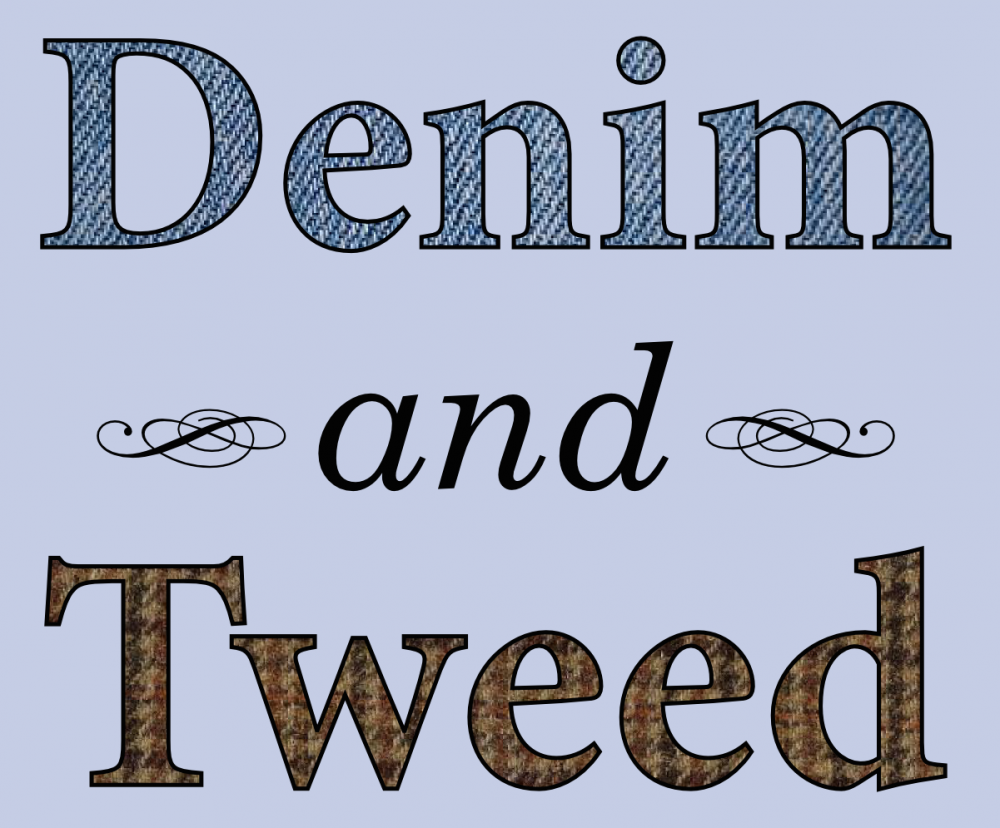
(Flickr: Alison Curtis)
In a new post for the Chronicle of Higher Education’s Vitae blog today, I let off a little of the steam accumulated over four years (and counting) of writing applications for tenure-track faculty jobs.
Do you really need to receive letters of reference with my application? Yes, of course, you want perspectives on candidates from people who have worked with us in the past. Will you use their letters in the very first round of sorting through dozens (or hundreds) of applicants? Probably not. I have met a few faculty members who tell me that they do read letters for that first-stage decision — but those professors are the rare, possibly superhuman, exceptions. For candidates, making sure letters get delivered means making sure that three-to-five usually very busy senior collaborators know the general description of the job opening in question, the idiosyncratic method by which letters should be submitted, and the deadline for submission — then following up to ensure they meet that deadline.
I’d like to think this column is both a (reasonable) extended complaint, and a #SlatePitch-y rebuttal to said complaint — because I kinda think, actually, that as maddening as tenure-track applications can be, they might be pretty good at identifying people who will do well as faculty. To find out why, go read the whole thing.








